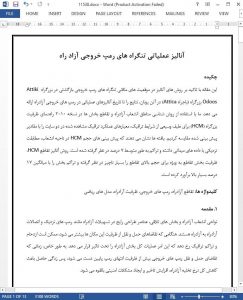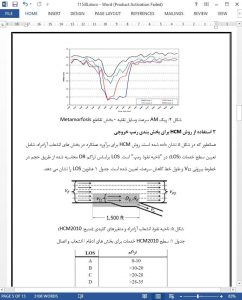Abstract
The paper presents the findings to date of operational analyses at freeway off-ramps with emphasis on analysis procedures on recurrent off-ramp bottleneck locations at the Attiki odos motorway (Attica Tollway) in Athens, Greece. We compared the observed traffic performance metrics at two sites with the predicted measures using the methodology of freeway diverge areas and weaving sections in the 2010 edition of Highway Capacity Manual (HCM) for a wide range of traffic conditions. The findings indicate that the HCM volume predictions at the diverge area are in close agreement with field data and the density is underestimated by 7% on the average. The HCM weaving analysis methodology underestimated the weaving section capacity especially for high weaving volumes, and overestimated the section density by 17% on the average.
1 Introduction
Freeway diverging areas and weaving sections are common design elements on freeway facilities such as near ramps and freeway-to-freeway connectors. When the traffic demands exceed the capacity at these locations congestion may occur, which affects the operation of the entire freeway section. In particular when off-ramps traffic demand exceeds the capacity at the downstream ramp terminal, the resulting spillback reduces the entire freeway discharge rate, increases delays and causes potential safety problems.
5 Discussion
In the study we applied the HCM methodology to an off-ramp section and a weaving section of the Athens Attica Tollway. The key project findings are presented below:
The HCM methodology predictions for lane flows in freeway diverging areas are in close agreement with field data. HCM does under predict the density values at the diverging sections by 7% on the average.
The HCM methodology underestimated the capacity and overestimated the density at the Metamorfosis weaving section. Similar findings were fond at other locations indicate that the HCM approach for the ramp weave configuration needs updating.











